I first became aware of synaesthesia when studying some of the nineteenth century French poets at school. Symbolist poets such as Charles Baudelaire (pictured), Paul Verlaine and Arthur Rimbaud mixed sense impressions together and made unexpected adjectival associations to augment the power of their poetic metaphors. It was intriguing: this way of writing suggested that our individual senses could experience much more about the outside world than what their single functions were meant to experience. In combining the senses in their texts, these writers hinted at new dimensions in consciousness: they seemed able to create a sixth sense, or maybe even a seventh and an eighth.

Now synaesthesia would be pretty interesting even if that was all there was to it. But, as I found out later, such imaginative creative devices often spring from psychological phenomena which are all too real. Synaesthesia (or “synesthesia”) is indeed a real psychological condition which produces unusual sensory impressions. It’s become the subject of immense, detailed study by scientists around the world.
In the 2021 New Year’s Honours, Professor Simon Baron-Cohen, Director of the University of Cambridge’s Autism Research Centre and a Fellow of Trinity College, was knighted for services to autism research and autistic people. This news caught my eye when I read that he has also done a huge amount of research into links between autism and synaesthesia.
The condition is sub-divided into various sectors, including sequence-space synaesthesia (where sequences such as numbers and time periods are visualised as spatial landscapes) and grapheme-colour synaesthesia (where letters and numbers (graphemes) may conjure up colours in the mind of the “synaesthete”). It turns out that synaesthesia has been a contributory factor in a wide range of outstanding artistic abilities and achievements amongst some very famous people. And whilst some synaesthetes utilise, knowingly or unknowingly, their condition in creative activities, some other writers, composers and artists, whilst not synaesthetes themselves, use synaesthetic inputs to enhance their creative outputs.
So it’s perhaps reasonable to suppose that some of the most accomplished talents in various fields were synaesthetes and/or autistic. The overlap between the two was brought to light in an article in the journal Nature on 7th March, 2017:
… synaesthesia and Autism Spectrum Condition (ASC) co-occur together more than would be expected by chance. Nefeld et al. and Baron-Cohen et al. screened samples of patients diagnosed with autism for grapheme-colour synaesthsia (primarily) and reported prevalence rates of 17.2% and 18.9% respectively. The current prevalence estimate for grapheme-colour synaesthesia is 1-2%. Hence these studies suggest a link between synaesthesia and autism.
A list of some of the famous people who claimed or claim to have synaesthesia would include composer Richard Wagner, rap singer Kanye West, artist David Hockney, bandleader Duke Ellington, composer/violinist Jean Sibelius and singer/songwriters Billie Eilish and Billy Joel, amongst many more.
Last month (February 2021), Google offered its visitors the opportunity to experience synaesthesia for themselves by “playing” a painting by Kandinsky. Wassily Wassilyevich Kandinsky has a reputation as being one of the founders of abstract art. (For anyone interested in the early development of modern art, the Wikipedia page on Kandinsky is a mine of useful information). Kandinsky developed his own quite complex theories of colour and artistic form over many years, based on his own sensory and internal experiences; for example, he listed the correspondances he himself perceived between colours, eigenschaften (characteristics) and klangfarbe (tone colours). He published his theory in 1911. Here’s Red Oval, an example of Kandinsky’s work that I particularly like.

The Google Arts & Culture experiment, Play a Kandinsky, harnesses the full power of digital technology to put Kandinsky’s theory to the test. It can be accessed here and is well worth a visit!
In his (I suggest) most famous poem, Correspondances, written some time between 1846 and 1857, Baudelaire pictured Man traversing a unified natural environment in which forests of symbols watch him …
Comme de longs echos qui de loin se confondent
Dans une tenebreuse et profonde unite,
Vaste comme la nuit et comme la clarte,
Les parfums, les couleurs et les sons se repondent.
Translated:
Like prolonged echoes which merge far away
In an opaque, deep oneness,
As vast as darkness, as vast as light,
Perfumes, colours and sounds answer each to each.
Overlapping senses perceive a natural world which is itself in harmony, says Baudelaire – in other words, we live in a totally synthesised world.
Not everyone was convinced that Baudelaire did really experience synaesthesia. Writing in 1912, June E. Downey, in a paper entitled Literary Synaesthesia, poured cold water on the idea that French symbolist poets were genuinely – and, at the same time, fortunately – “afflicted” by synaesthesia.
French literature … raises many questions as to the possibility of poets’ experiencing synesthesia to an undue degree. Everyone will recall Rimbaud’s “Sonnet of the Vowels,” which, it must be confessed, sounds somewhat sophisticated. Baudelaire’s insistence upon sense-correspondences and Maupassant’s confessions are scarcely more convincing.
In a wide-ranging short article, having been dismissive of the French writers, she makes some interesting observations about the works of Poe, Swinburne, Shelley, Keats and Blake, basing her conclusions on the results of “a test on the imaginal, affective, and esthetic reaction to [… fragments of their …] poetry” amongst a panel of twelve readers. This market research-type approach to synaesthetic style, whilst somewhat eccentric and simplistic, does perhaps pre-date the close reading techniques employed later in the century by the New Criticism school and maybe even linguistics philosophers.
What is of value is that she picks apart the sense imagery employed by some leading poets; and she also poses the question as to whether Baudelaire and the others were true synaesthetes, or whether their “special effects” were created by drugs (a question which would find innumerable echoes in every artistic field in subsequent decades).
While synesthetic experiences are not pathological, yet it is known
that they may result from stimulation by drugs or accompany the
excitement of fever. It would not then be impossible for the poet in
the fever of inspiration to experience a subtle confusion of the senses that would lead to spontaneous synesthetic phrasing, incomprehensible to the average reader.
“Confusion” is a very relevant term. I think one of the more fascinating aspects of synaesthesia is the confusion over whether it is good or bad: is it a psychological condition to be studied and, perhaps in the future, corrected?; or is it a gift, to be valued and nurtured? There’s no simple answer, of course, as all cases are different. But the more we learn about autism and synaesthesia, the more we become aware of the possibility that the conditions can sometimes be instrumental in producing unique or unusual creativity in the arts and other spheres of human activity.
(A brief summary of the nature of synaesthesia can be found in the Introduction section of this abstract from a study, to which Professor Baron-Cohen contributed, published on the Scientific Reports website).
By the way, I was genuinely gripped by the idea of synaesthesia when I first heard about it, back in my school days – so much so that I was inspired to write a song which centres around the phenomenon. Although I wrote it while still at school, I thought recently that it might be good to update it and produce a version of it which used modern recording techniques. You can listen to Knowing The Truth on my music website on this page.

The press release issued by Cambridge University lists Professor Baron-Cohen’s many other achievements. He is one of the top autism researchers in the world, and is a Fellow of the British Academy, the Academy of Medical Sciences, and the British Psychological Society. He served as Chair of the NICE Guidelines for autism and is Director of the charity the Autism Centre of Excellence and Vice President of the National Autistic Society. He was President of the International Society for Autism Research. He created the first clinic worldwide to diagnose autism in adults and championed the human rights of autistic people at the UN. He is author of The Essential Difference, Zero Degrees of Empathy, and The Pattern Seekers, which have captured the public imagination.
Picture credits: Charles Baudelaire – Etienne Carjat (1828-1906), Public domain, via Wikimedia Commons
Wassily Kandinsky (1866-1944), Red Oval – public domain; source http://www.abcgallery.com/K/kandinsky/kandinsky31.html via Wikimedia Commons

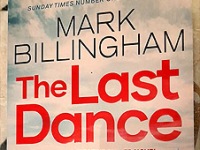





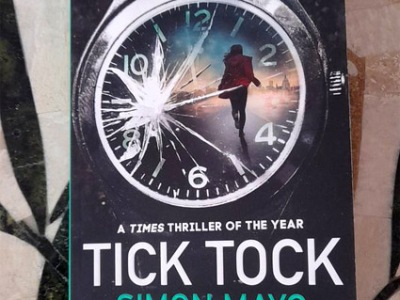

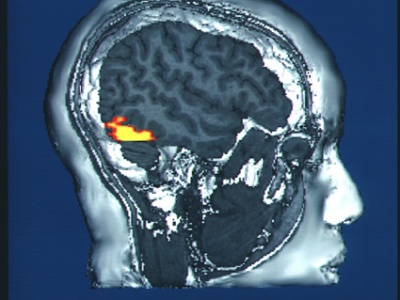

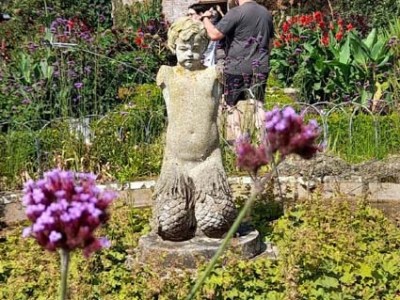
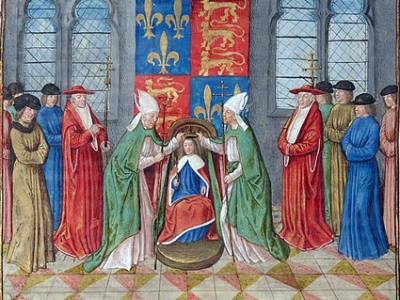


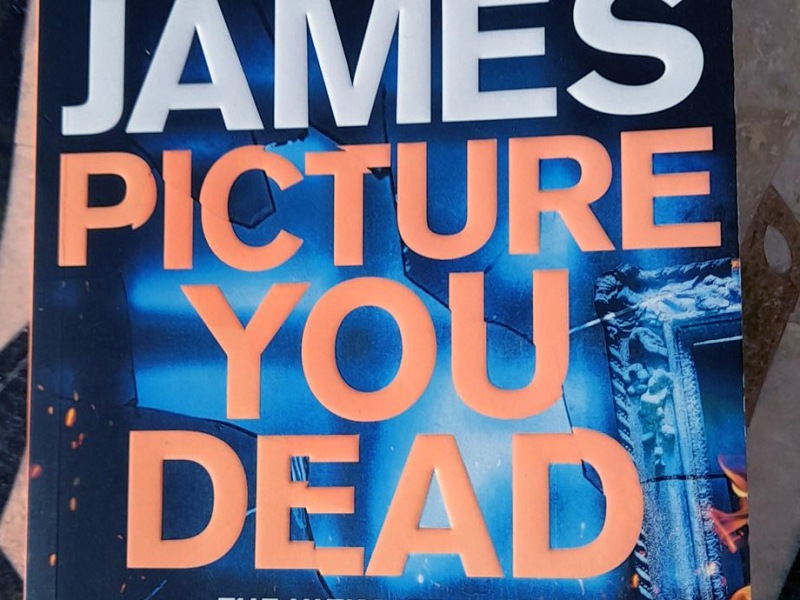

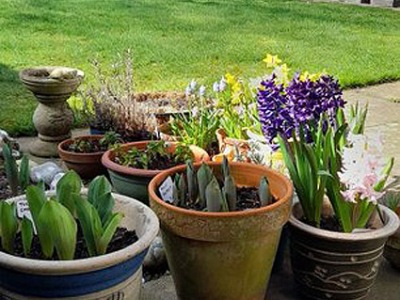








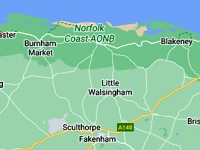


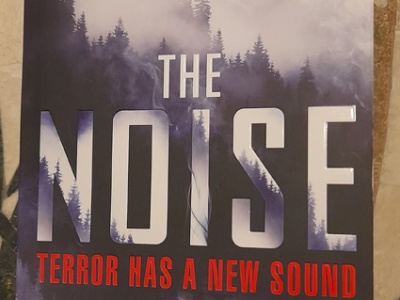
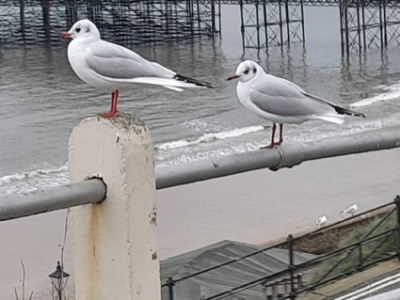




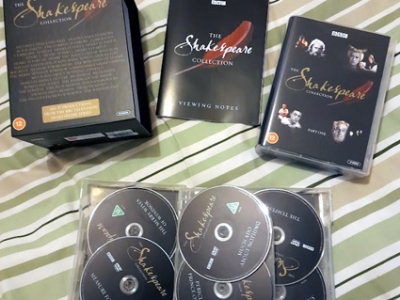
Reblogged this on Autism Candles.
LikeLike